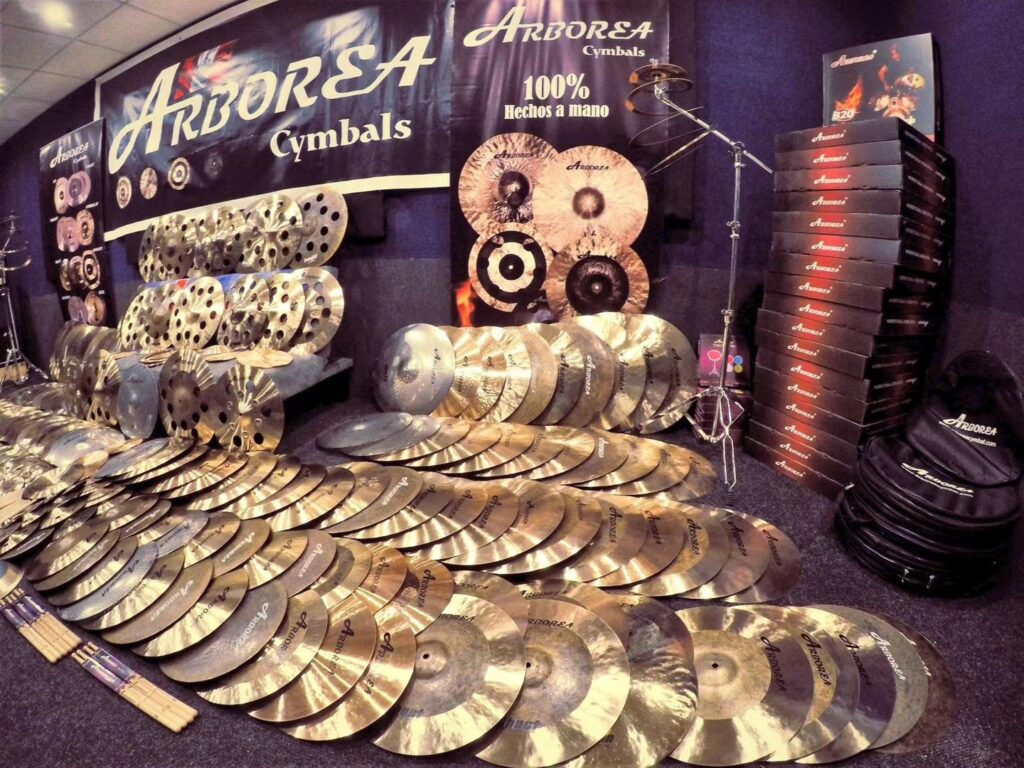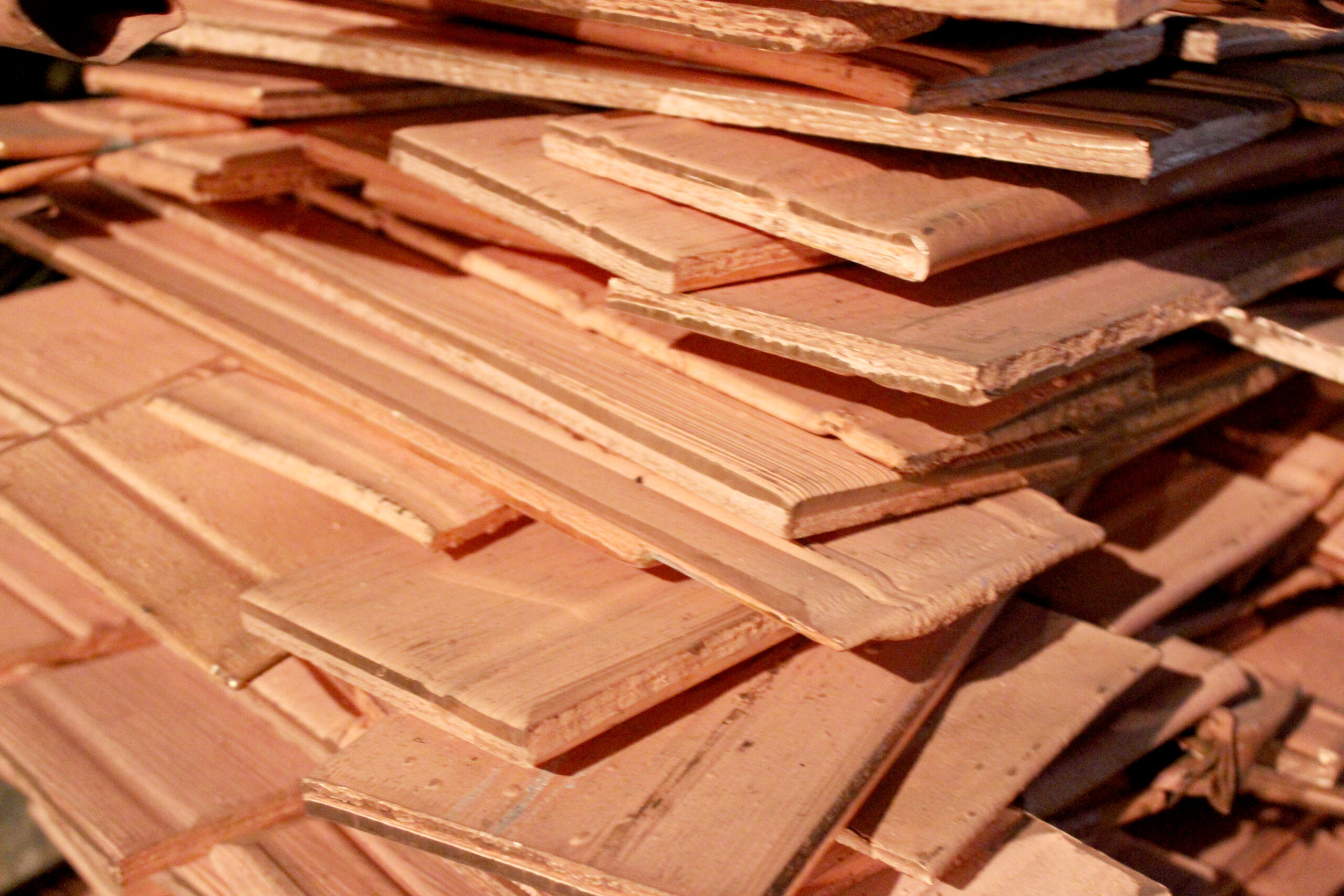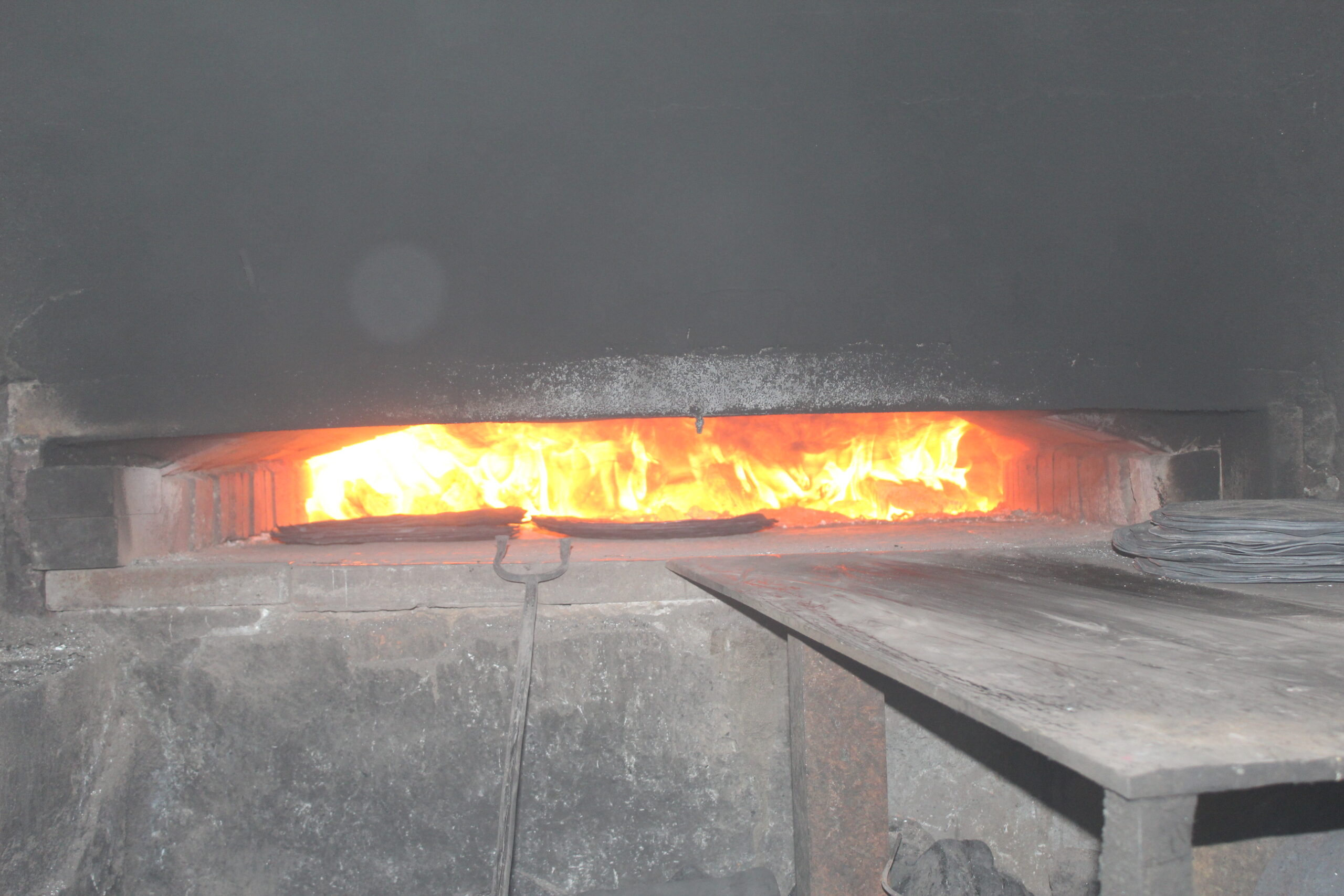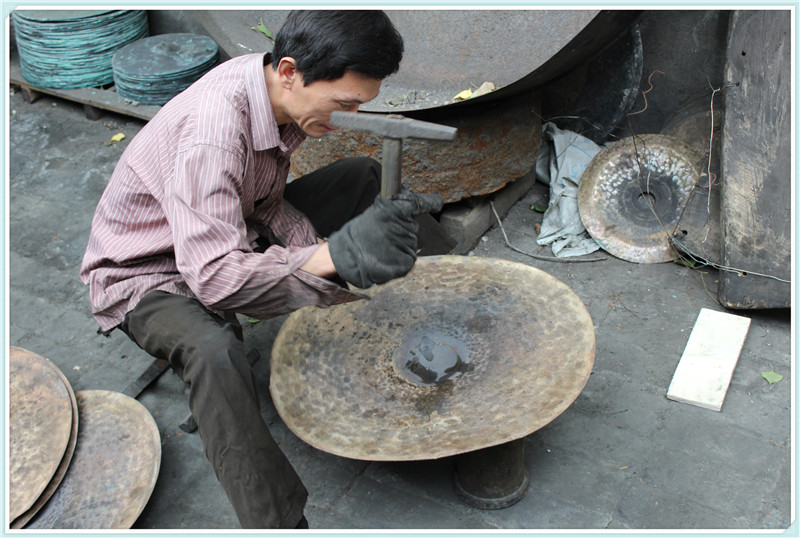Unleash rhythmic creativity with our 8-Inch Rubber Dumb Drum. Designed for durability and versatility, this drum offers drummers and percussionists a reliable and expressive instrument to explore diverse rhythmic patterns and textures.
$7.25
Our 8-Inch Rubber Dumb Drum exemplifies our commitment to providing musicians with high-quality and dependable percussion instruments. This drum is specifically crafted with an 8-inch diameter rubber head, producing a clear and articulate sound. Crafted with premium rubber material, our Dumb Drum ensures excellent resilience and response to your playing technique. The drum’s sturdy construction guarantees durability, making it suitable for extended playing sessions and frequent use. Designed for versatility, our 8-Inch Rubber Dumb Drum can be played with hands, mallets, or brushes, offering a wide range of tonal possibilities. It is an ideal instrument for drum circles, educational settings, or adding unique rhythms to ensemble performances. Visually, our 8-Inch Rubber Dumb Drum presents a sleek and functional design, reflecting its focus on performance and reliability. The drum’s compact size and lightweight nature make it easily portable, making it a perfect choice for on-the-go drummers and percussionists. Investing in our 8-Inch Rubber Dumb Drum is about embracing rhythmic exploration and enhancing your percussion repertoire. Whether you’re a professional drummer or a budding percussionist, this drum invites you to experiment and create captivating rhythms. Experience the durability and versatility of our 8-Inch Rubber Dumb Drum, and dive into a world of rhythmic possibilities. Unlock your creativity and let your beats resonate with clarity and articulation, using this essential percussion instrument to elevate your musical expression.



Fanjia Vililage, Shuizhai Town, Zhangqiu City, Shandong, China





We will contact you within 1 working day, please pay attention to the email